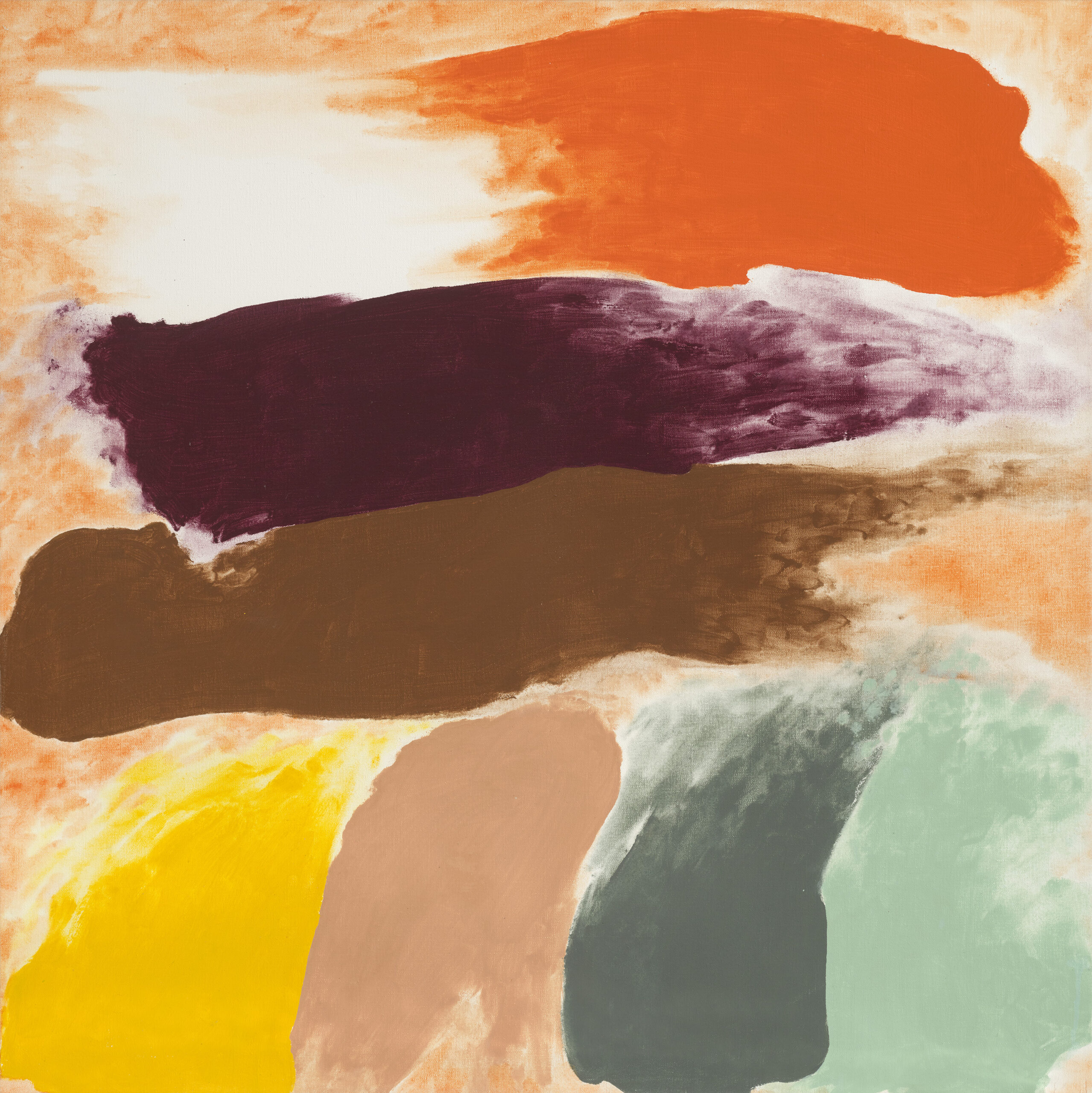Our specialists present highlights from our current online auction, featuring prominent twentieth-century artists working across a range of mediums. From standout works by Abstract Expressionists and Color Field artists to a selection of watercolours and drawings by Otto Dix, our Day Auction charts the innovation of artists at the top of their craft.
Friedel Dzubas’s Triumphant Return to the Square Format
Lydia Abbott, Vice President, Director of Fine Art

Afterglow is a magnificent example of Friedel Dzubas’s return to the square format in the 1970s, which felt more normal and organic to him. With the square, he felt he could enter the picture more easily: “I also was comfortable standing into [the surface] and painting around it, which I did in the beginning, and by lying down. I built all kinds of construction to not let it touch the surface, but in the beginning I walked into my square and I painted in a certain logistical, with a certain strategy, painted whatever imagery I wanted to paint.”
This work truly exemplifies Dzubas’s commitment to exploiting pigment, image, and brushstroke to activate the surface of his paintings.
Kenneth Noland’s Classic Purity of Form
Peter Ohler, Director of Private Sales
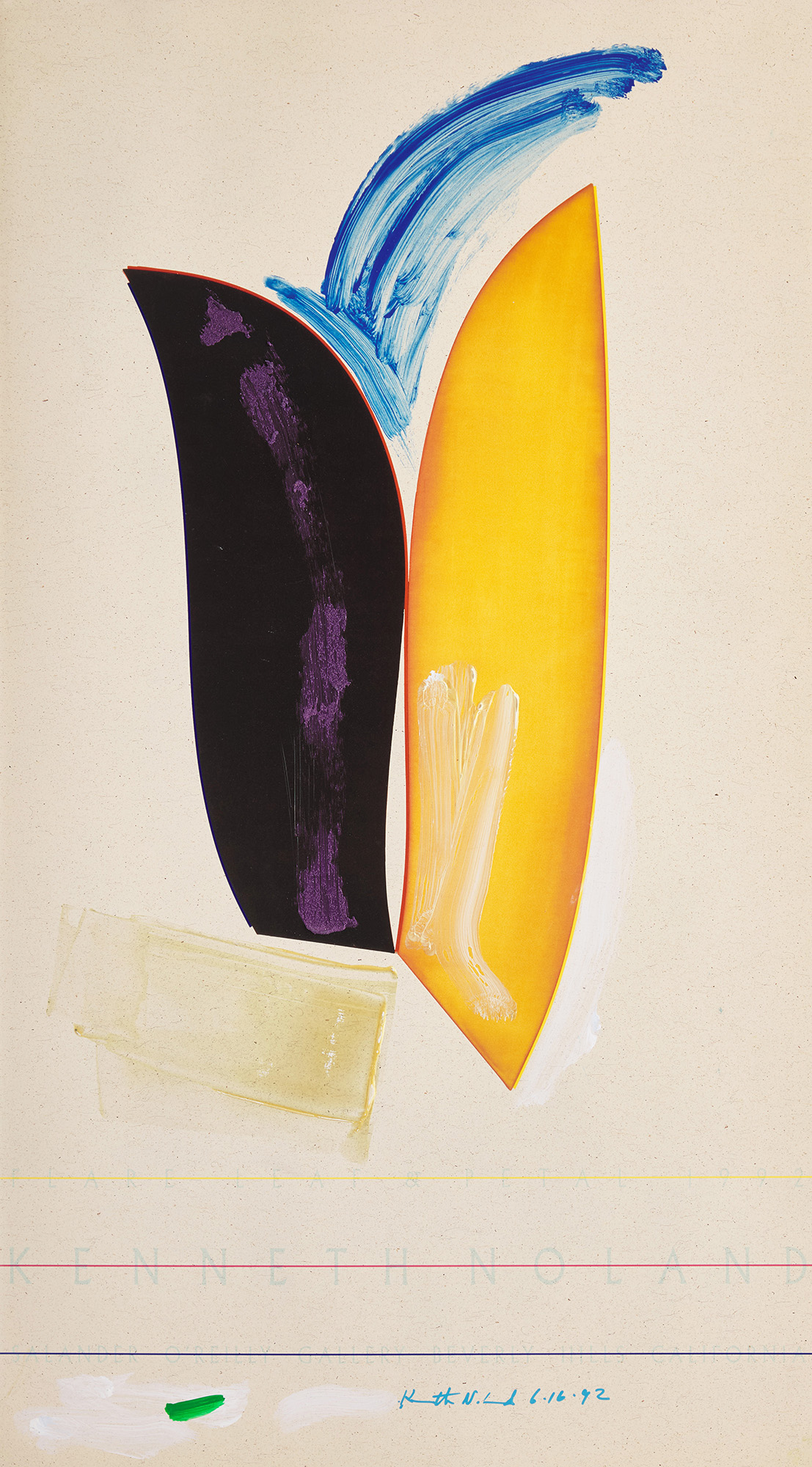
This unique lithograph pays tribute to Kenneth Noland’s mature works, which follow in the footsteps of Piet Mondrian, “in their classic purity, chromatic breakdown of space and the optical effects of forms which seem to advance and retreat while simultaneously occupying a single plane.”
Following his break in the 1950s with Abstract Expressionism, Noland began producing paintings with geometric shapes and bold colour combinations. Elements from his Flares series can be gleaned from this work, with the sinuous bands evoking the complex interplay of colour and form also present in the translucent plexiglass strips.
Otto Dix’s Masterclass in Pastoral Landscapes
Perry Tung, Senior International Art Specialist
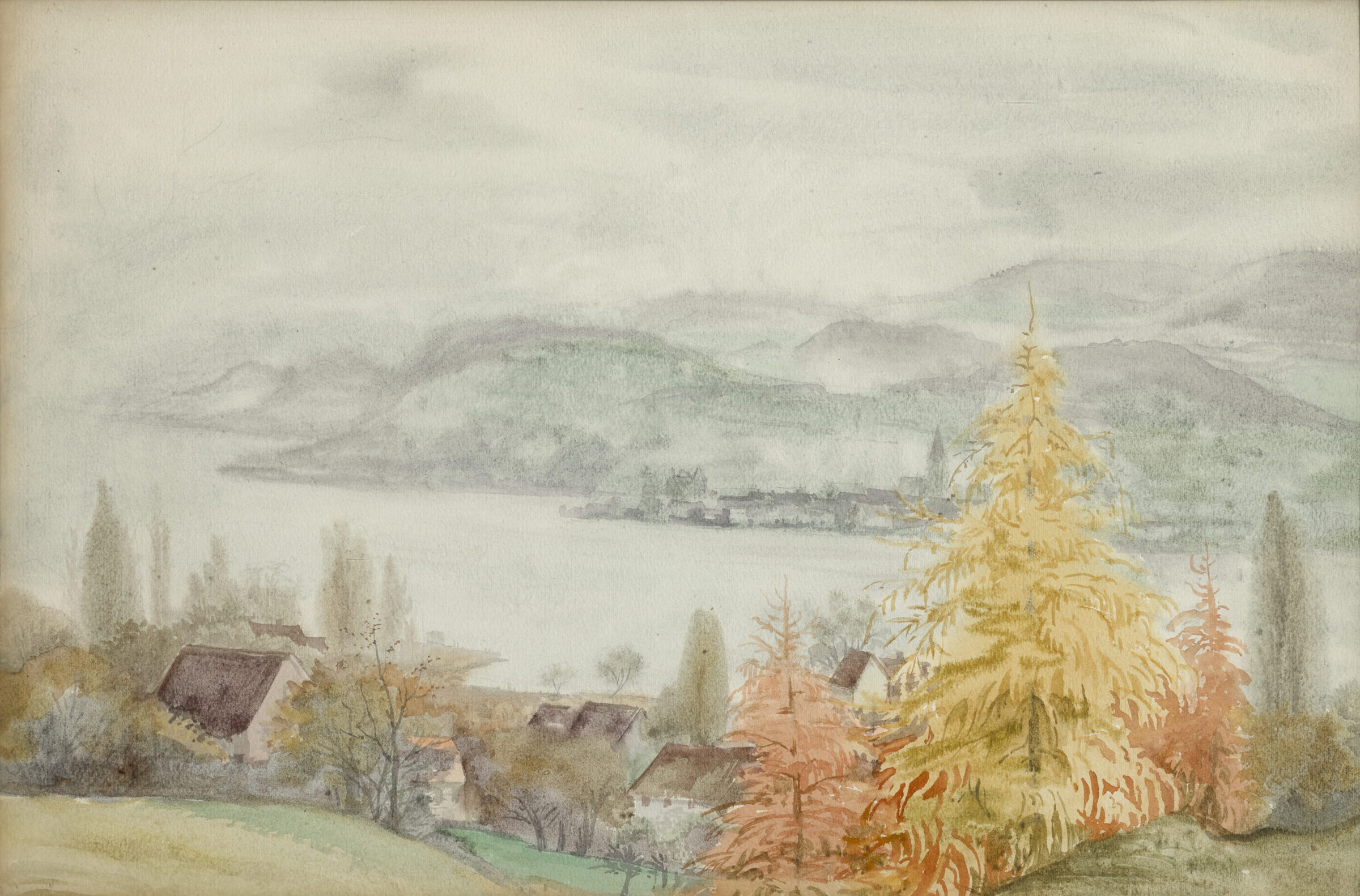
When Julian Dix, the artist’s grandson, sent images of his collection, I was struck by how different these works were, presenting idyllic pastoral scenes and a remarkable study for the 1920 painting Cats.
It was a joy working with him and learning about this other side of the German artist. As his grandson describes: “These works of my grandfather have been in our family since his passing in 1969, and there is an intimacy about them that reveals the artist’s hand, and offers a rare glimpse into Otto Dix the man. These are what I categorize as the quiet works of my grandfather—no provocation, and away from the spotlight of political scrutiny.”
A Timeless Still Life by Robert Mapplethorpe
Katherine Meredith, Senior Specialist and Appraiser
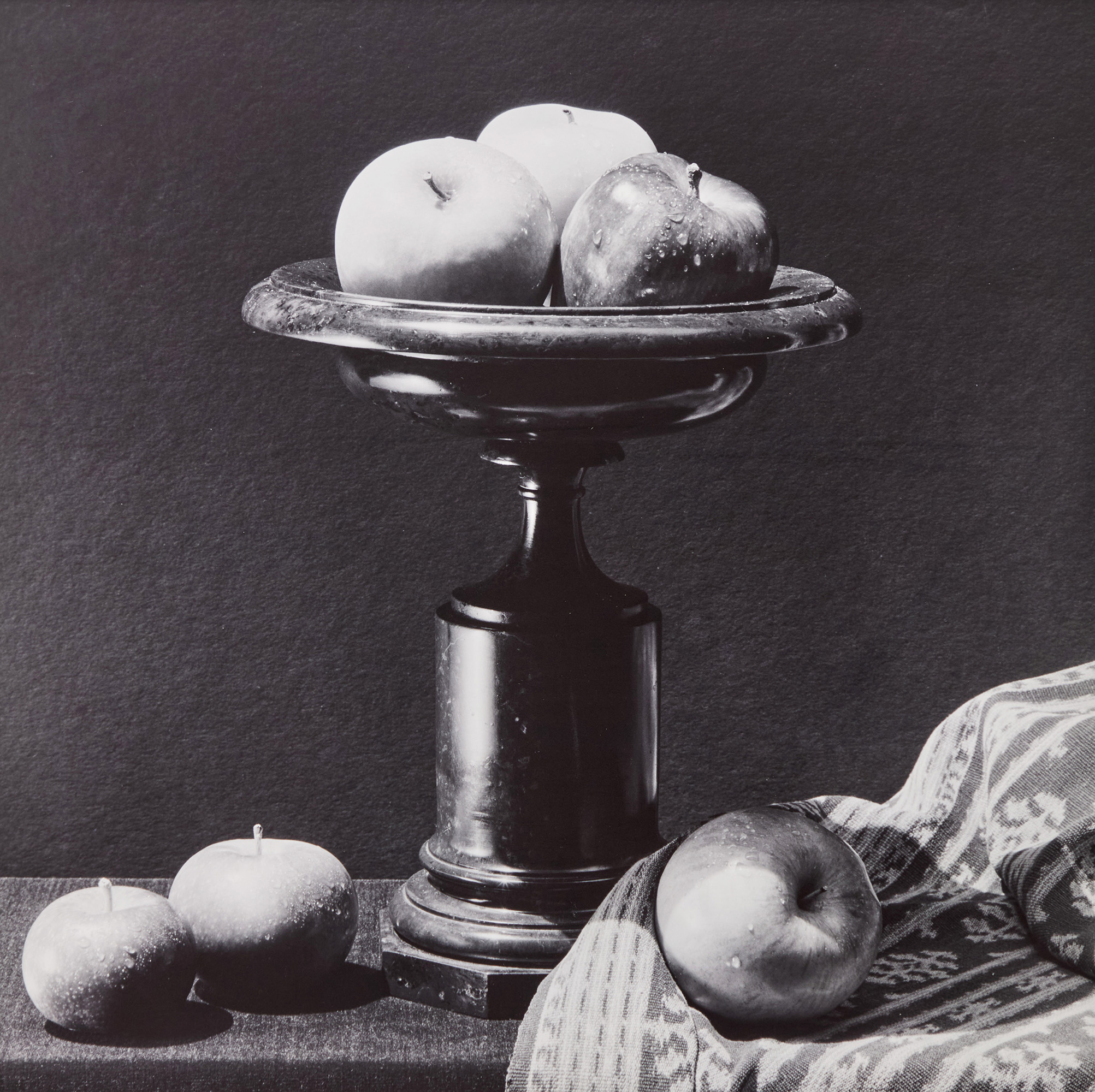
I was instantly drawn to this photograph for its balance of elegance and restraint. Robert Mapplethorpe elevates everyday objects into something timeless and sculptural. The velvety blacks and perfectly controlled composition create a sense of stillness and quiet drama. It is a work that feels both classical and contemporary. I like how it is an unexpected subject matter for the artist. Mapplethorpe’s still lifes reveal his obsession with form, balance, chiaroscuro, and classical beauty, without the charged emotional or cultural context of his figurative work.
Francis Bacon’s Poignant Meditation on Bullfighting
Catherine Lacroix, International Art Specialist and Appraiser
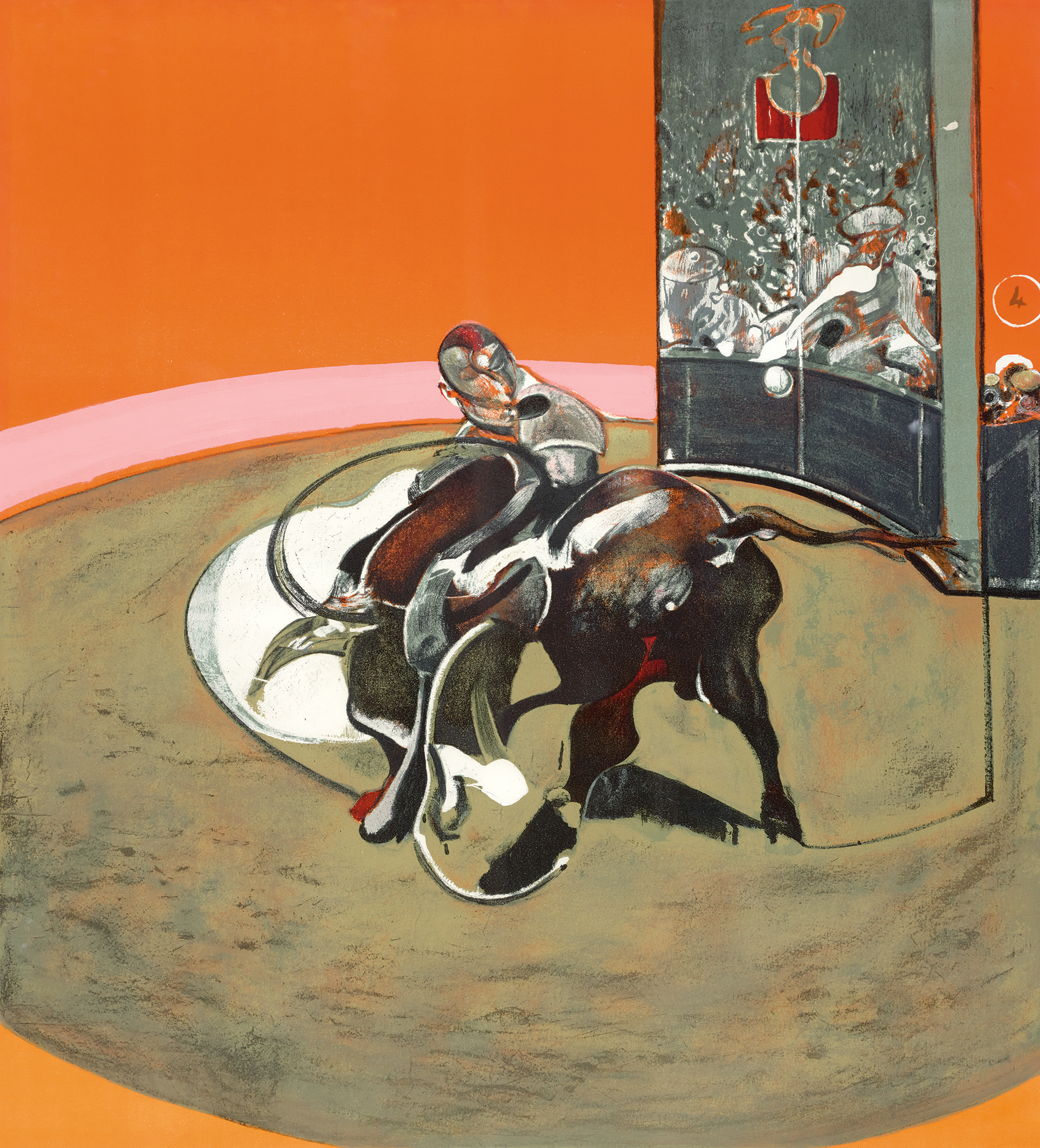
This striking work was inspired by Francis Bacon’s triptych of bullfight paintings from 1969, which celebrates this ancient ritual that remains popular in Spain. This colour lithograph was initially issued as the main image on the poster advertising Bacon’s retrospective of paintings in October 1971 at the Grand Palais in Paris.
His series of bullfight scenes pay homage to Bacon’s enduring interest in exploring the intersection of human and animal, of the wild brutality that animates all of us. By capturing the beauty within the liminal state between life and death, the Irish-born artist offers a poignant meditation on the true nature of mankind.
Discover other highlights from our Important International Art: The Day Auction, which will close on November 28th at 12 PM (EST).



